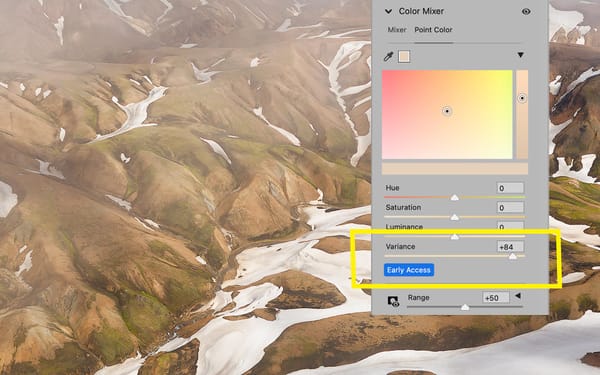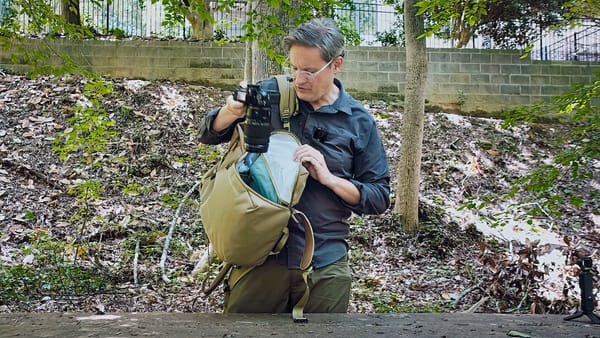Freewell Sherpa for iPhone review: Great filters and anamorphic lens, some quirks
Easy to use magnetized filters for better photos and videos, plus a 1.55 anamorphic lens for cinematic filmmaking
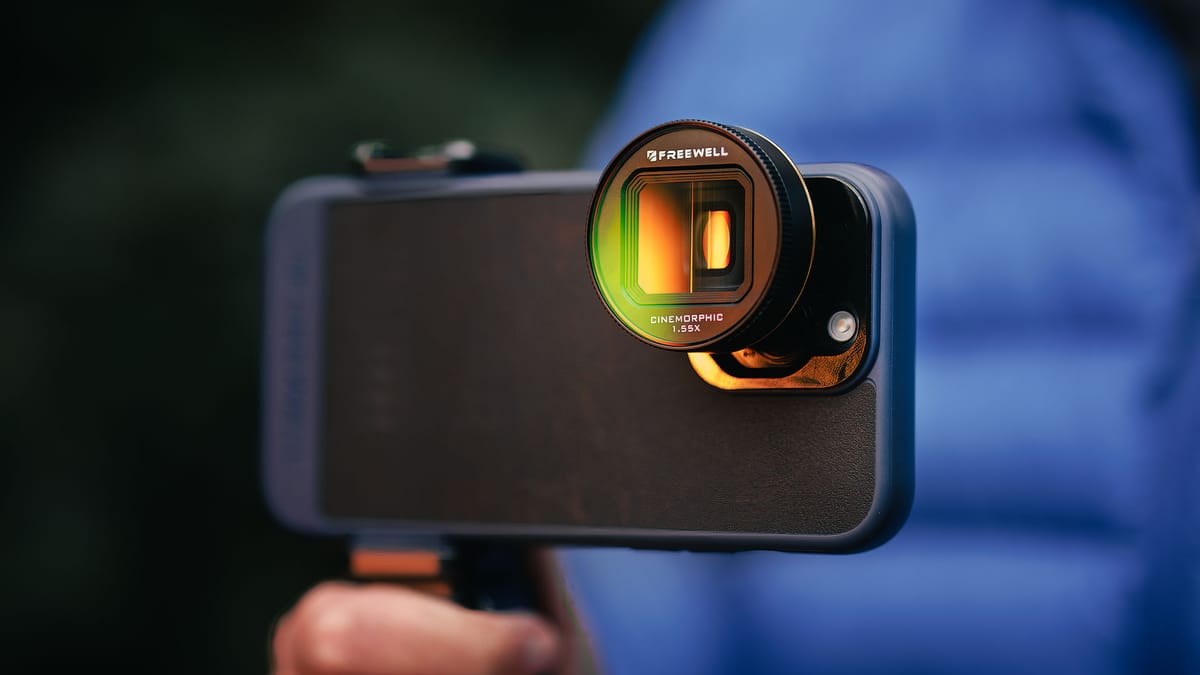
Freewell has introduced a new Sherpa line of iPhone 13/14 accessories that includes magnetized filters, a 1.55x anamorphic lens, plus a multifunctional bluetooth grip. The whole collection is designed to help improve mobile photos and videos by slowing camera shutter speeds, removing unwanted reflections, improving clarity, diffusing over-sharpened digital sensors, and capturing cinematic, anamorphic video using the 2.76:1 aspect ratio.
- Quality filter optics and construction
- Simple and fast magnetized filter mounting
- Super-wide anamorphic lens for 2.76:1 footage
- Expands creative photo and video opportunities
- Can't use the solid NDs without the anamorphic lens
- Impossible to tell magnetic filters apart when stored
- Bluetooth mount is cumbersome
- MagSafe case aesthetics could be better
Sherpa phone case
The root of Freewell's Sherpa system is their MagSafe phone case. The case slips onto an iPhone 13 or 14 (Pro Max models too), and wraps the lenses with a metal magnetized plate. The cutaways for the wide and telephoto lenses include notches for threading the Sherpa 1.55x anamorphic lens (and future Sherpa lenses, should Freewell release more).
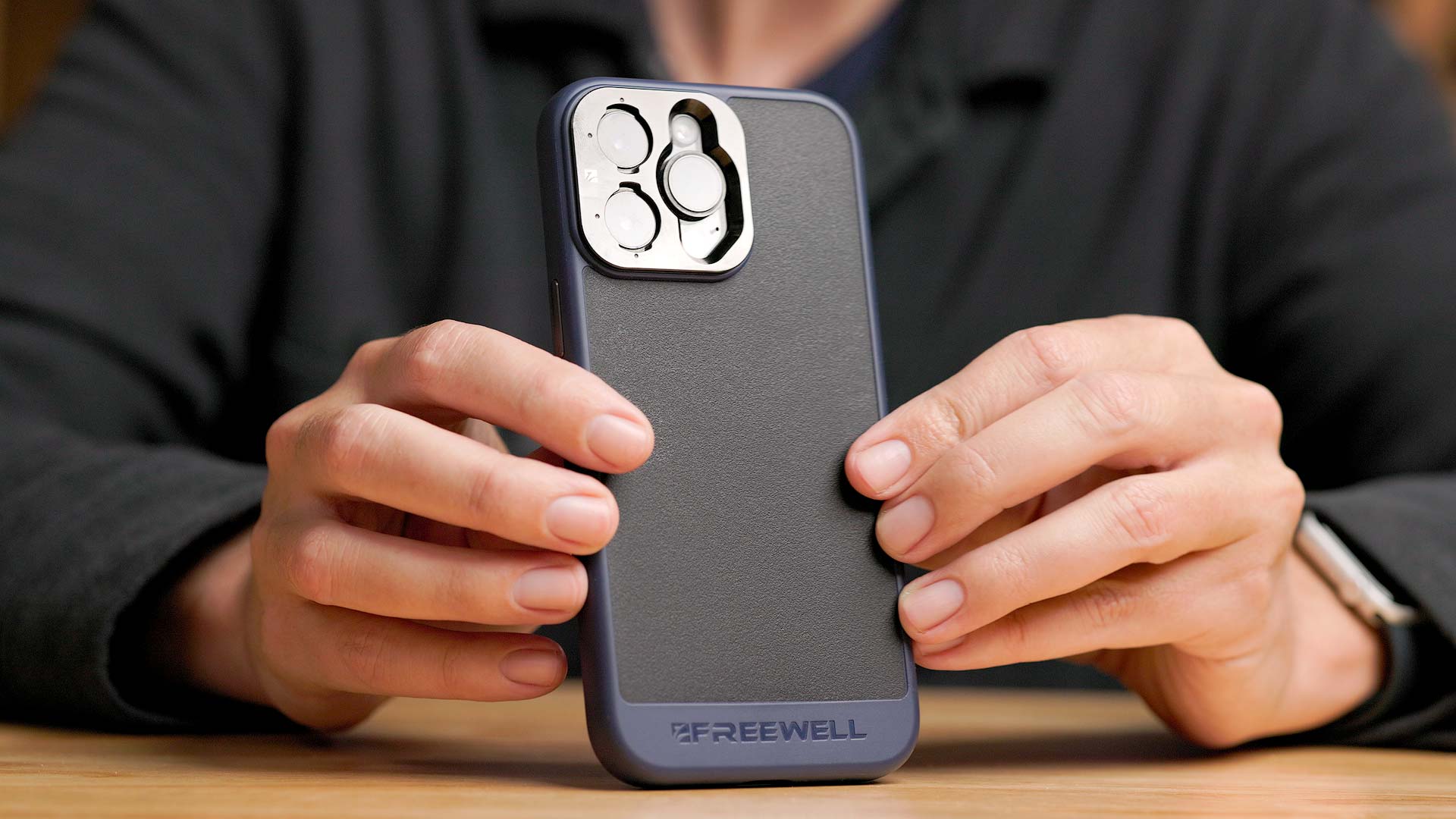
The case does the job of mounting filters and holding the anamorphic lens, but I'm not a fan of the materials and aesthetics. The case feels a bit plasticky, and the volume rocker/power buttons trigger too easily. I accidentally trigger the buttons on my iPhone 14 Pro Max using the Sherpa case far more often than other cases I own. Also not a fan of the case's deep blue/violet color, or the large glossy "Freewell" logo on the back.
Speaking of, if you'd rather use your own phone case and not the Sherpa case, Freewell also sells a standalone filter mount that clips onto the phone. I haven't tested it, but I'm willing to bet the Sherpa case functions better. I think it would lbe easier to simply swap phone cases than use a special adapter.
Sherpa magnetic filters
The Sherpa system includes magnetic filters that instantly attach and detach from the back of the Sherpa phone case. There are multiple options including circular polarizers (CPLs), "Glow Mist" diffusion filters, 1-5 stop variable NDs, 6-9 stop variable NDs, plus "Mist" variants of the aforementioned. There is also a dedicated Sherpa anamorphic lens with its own specially designed filters..
Each filter mounts by aligning the Freewell logo on the back of the filter with the Freewell logo on the magnetized plate. The filters confidently click into place, and the magnetized metal plate is sufficiently strong to hold the filters. The rear mount of each filter has an inner ridge that prevents the filters from twisting when mounted, and helps block light from slipping between the filter and lenses.
Speaking of the filter mounts, Freewell has future-proofed their design with a removable plate (note the screws in the image below) that may be replaced if Apple were to redesign the iPhone's camera dimensions. If that happens, you'd only need a new Sherpa case and swap the filter mounts, not an entirely new set of filters. Very cool feature.
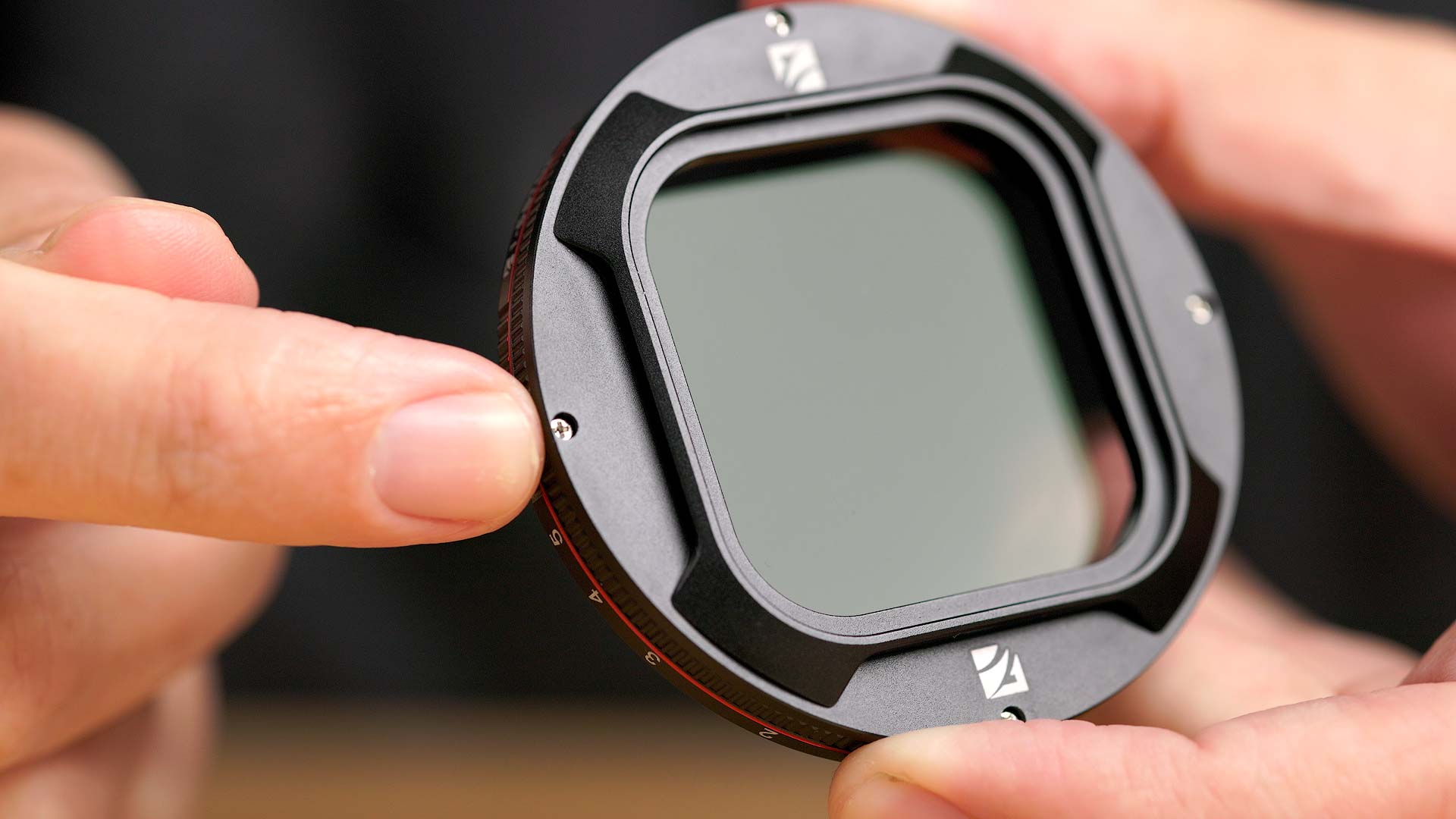
Each filter comes with a clear plastic case and thick rubber cap to protect the filters when not in use. Unfortunately, with their caps attached, it's impossible to tell the filters apart if you own more than one. This means spending time looking under each cap to find the right filter. Be prepared to use a sharpie or label maker.
Both Sherpa VNDs reduce the amount of light entering the lens by a factor of one to five stops. The only difference between them is the "mist" option that uses diffused glass to gently reduce clarity, soften highlights, and help negate over-sharpened digital photos and videos on the iPhone.
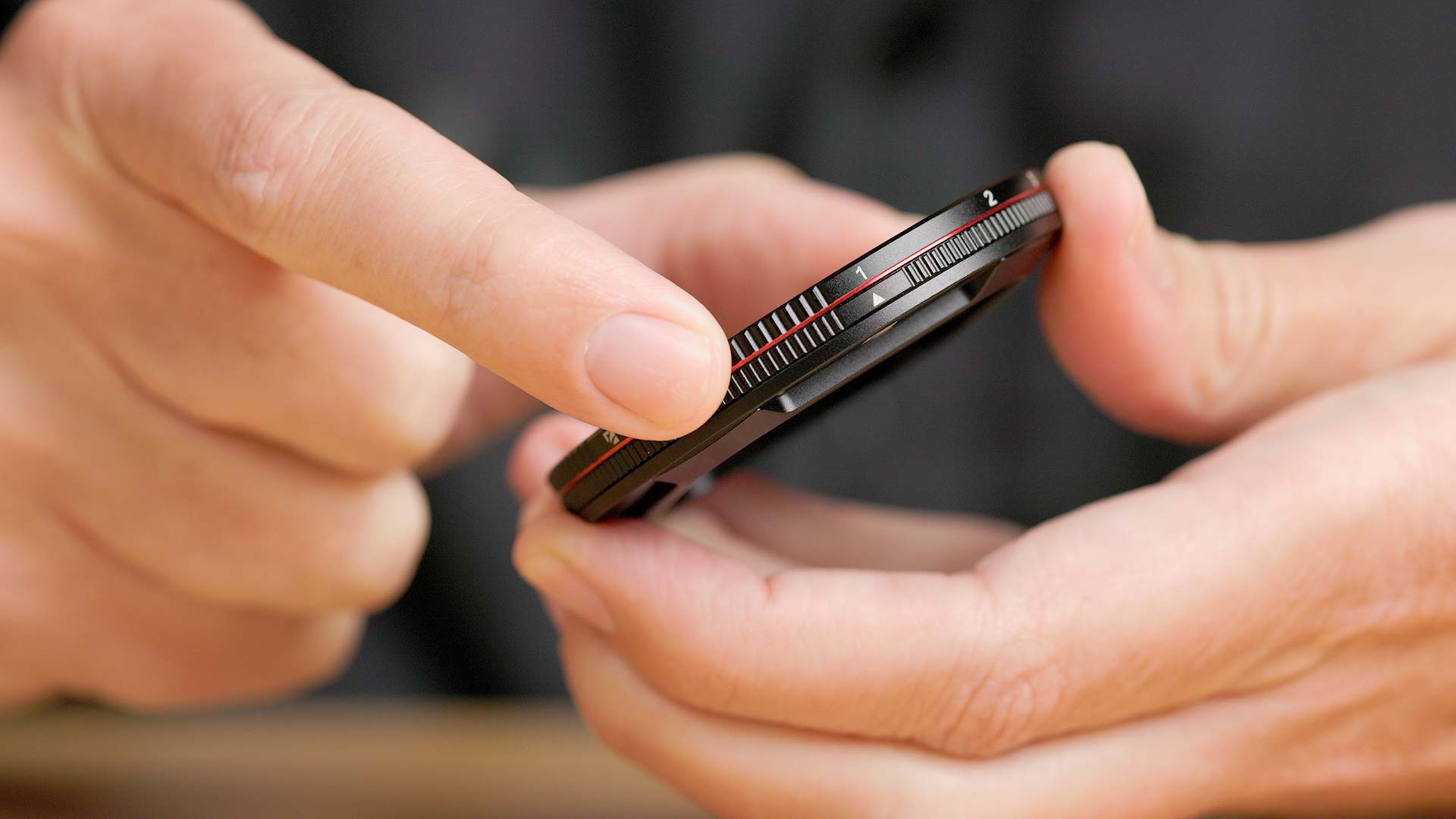
Like conventional VNDs, the Sherpa VNDs darken exposure by rotating one pane of polarized glass in front of another. This means the Sherpa VNDs are just as susceptible to polarized light as any other VND, which can cause splotchy exposure in your photos and videos if the sun is bright and blue sky is visible. Note how VND image below gets darker in the center and brighter around the perimeter.
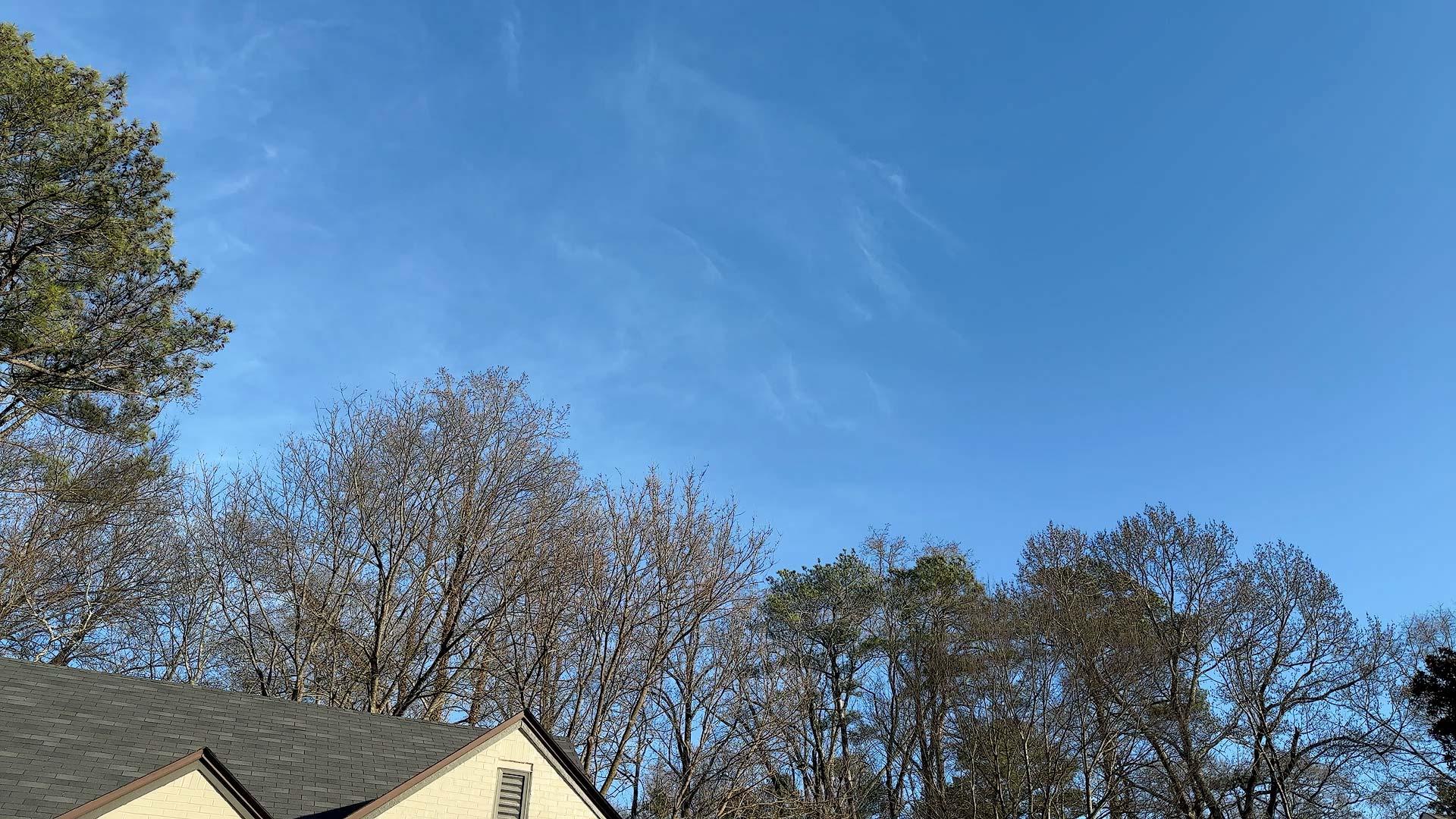
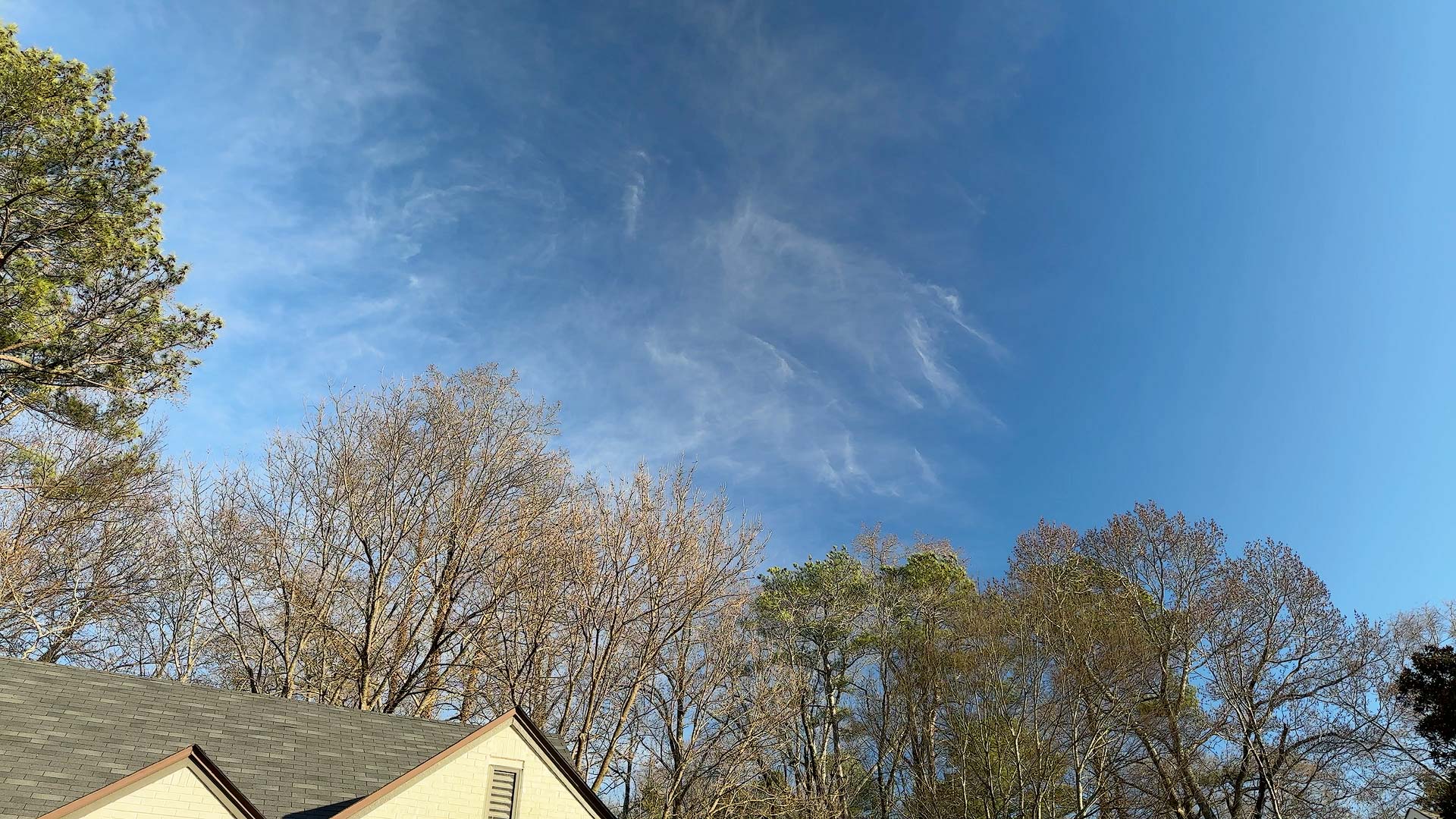
Freewell claims the Sherpa VND has "true color" (it's printed on the filter), which in my tests was mostly true. I saw little color shift between 1 stop and 3 stop, slight color shifts at 4 stop, then a notable change at 5 stops (see below). Many VNDs struggle at their darkest density, so I wasn't surprised to see this. For best results with the Sherpa VND, I recommend sticking to 1-3 stops, 4 at the most, and avoiding 5 stops.

Vignette doesn't appear to be an issue with the Sherpa VND, most likely because the filter's diameter is much larger than the camera lenses.
"Snow" and "Glow" Mist are standalone diffusion filters that have the same effect as the aforementioned "Mist" VND, but without exposure darkening. Glow is a more traditional diffusion filter that blooms highlights and softens detail, while Snow is similar but has less bloom. For those who want to soften the iPhone's digital clarity and sharpness but with less highlight bloom, Snow is a good pick. The difference is subtle, but of the two, I prefer Snow because it looks less obvious.

Finally, there's the circular polarizer (CPL). This filter helps minimize specular highlights on shiny surfaces and generally improves clarity and color by removing undesirable wavelengths of light. Like the variable NDs, the filter turns perfectly smooth and confidently. I saw no discernible color cast in my photos and videos when using the CPL.


Overall, the Sherpa magnetic filters are well made and attach/detach easily. I'm especially fond of the Snow Mist filter because it may be used anytime as a general purpose filter to help soften over-sharpened video footage on the iPhone.
Sherpa 1.55x anamorphic lens and filters
The Sherpa system includes a 1.55x anamorphic lens that produces ultra-wide angle, cinematic-looking footage using a 2.76:1 aspect ratio. The lens creates blue or gold flares (you pick a color when purchasing), and comes in a kit including a clear UV filter (good for protecting the lens), four solid NDs ranging from ND8 to ND64, plus a padded pouch for storage and travel.
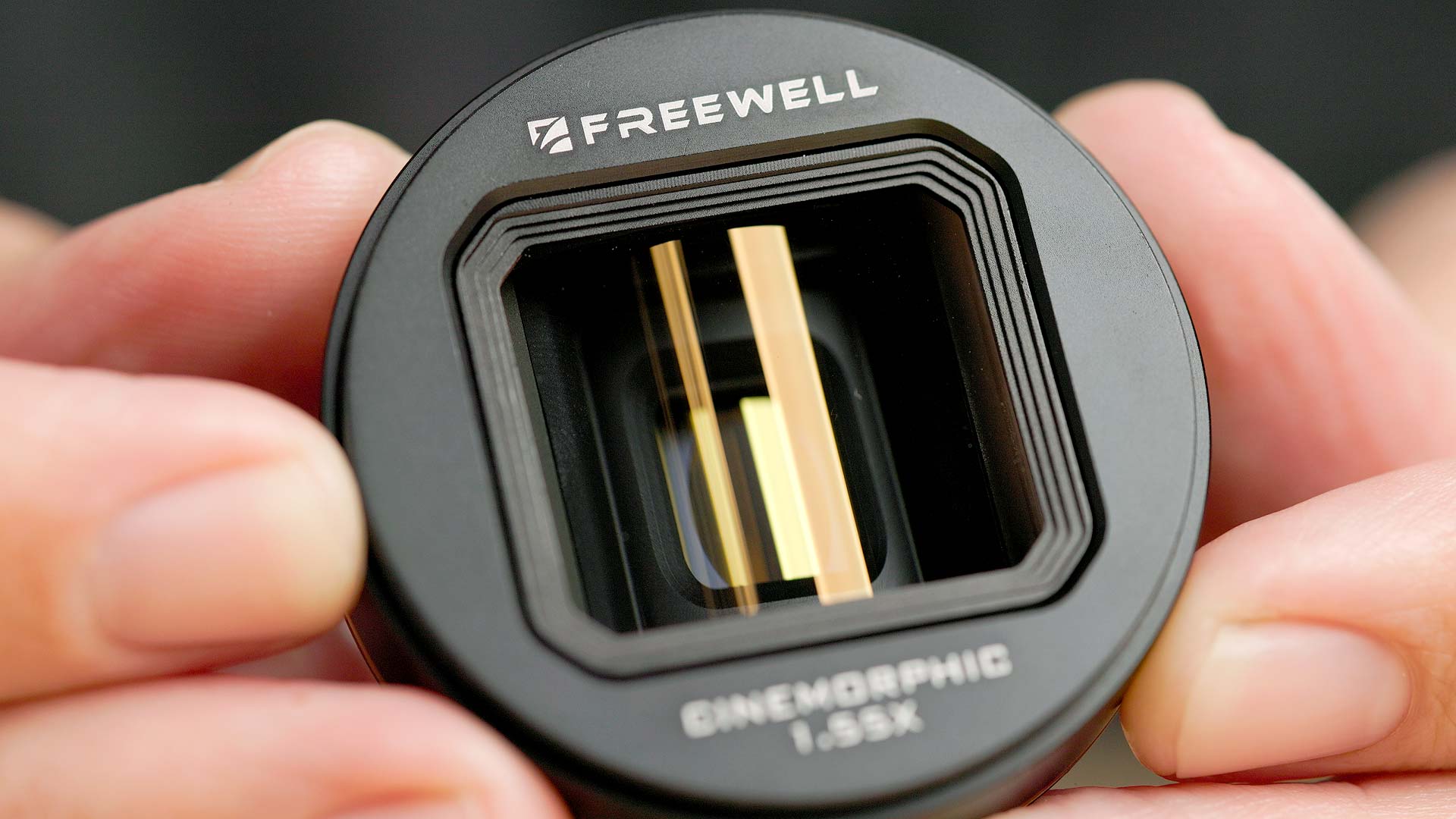
The anamorphic lens slots in front of the iPhone's main and telephoto lenses using nothing more than the Sherpa case itself. No special adapters or mounts required. You simply align the lens with the slot in front of a lens, then twist 90 degrees to snap it into place.
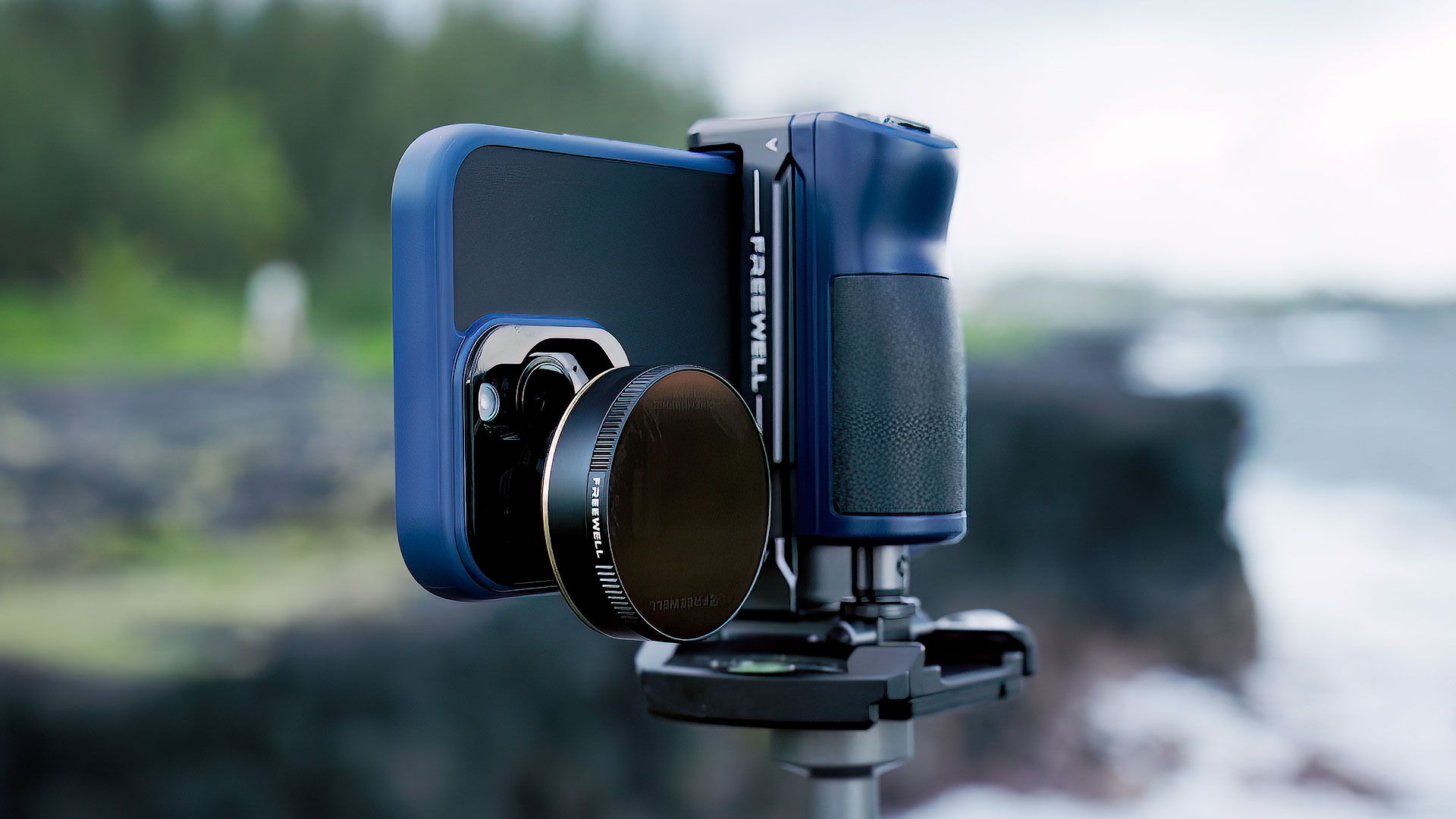
The anamorphic lens may be used with any iOS video app (including the native Camera app), but it performs best with a third party app that supports anamorphic de-squeezing. The latter makes it easier to preview what finished 2.76:1 footage will look like when the anamorphic footage is stretched and de-squeezed later in post.
Cinema P3 does this very well. It supports 1.33x and 1.55x de-squeezing, plus controls to fine-tune pincushion distortion. Cinema P3 also writes metadata to the video file so recorded footage displays at the correct 2.76:1 aspect ratio when viewed in QuickTime or other applications.
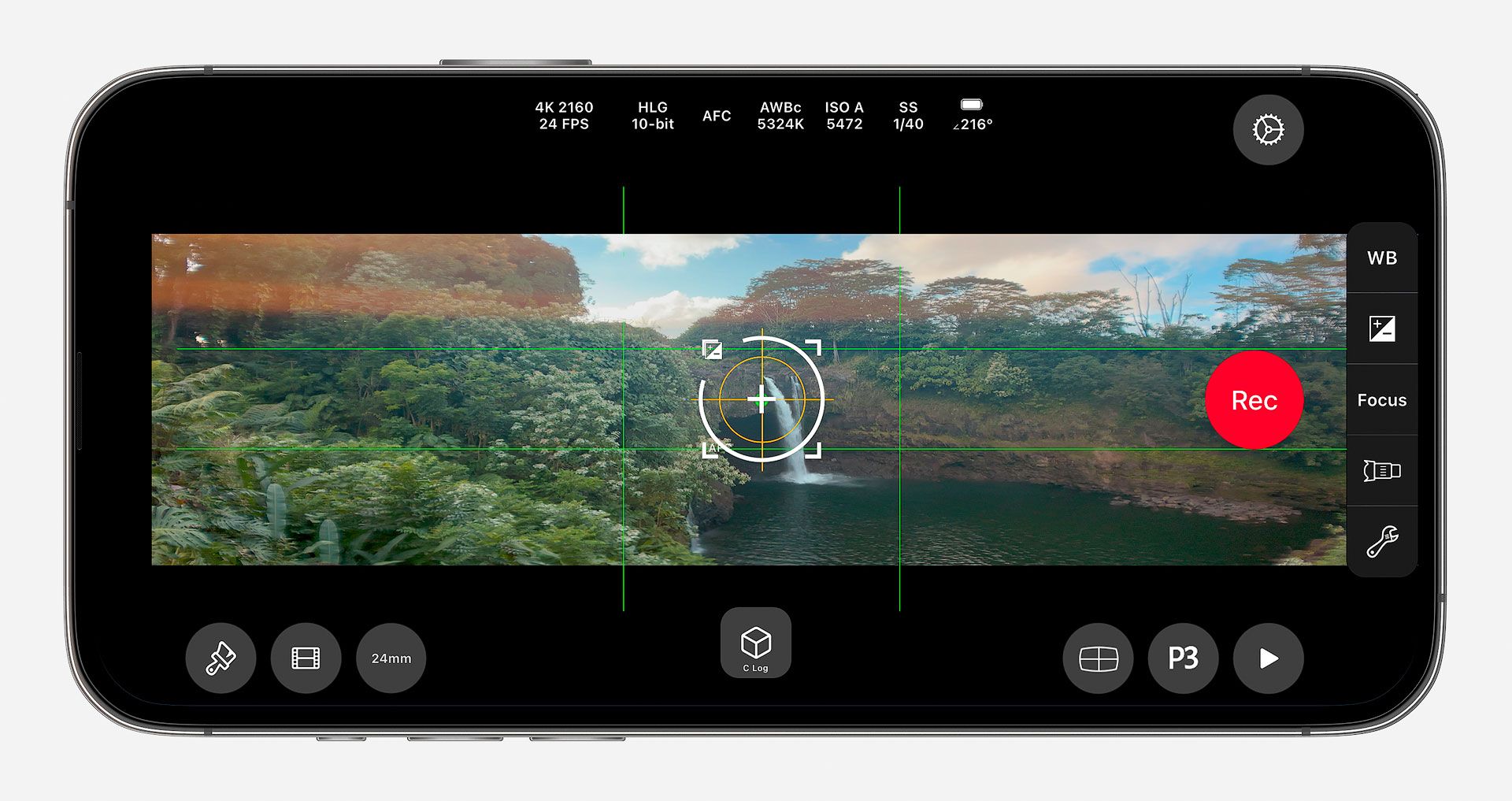
Image quality is about what you'd expect from an inexpensive mobile lens. The center of the frame is acceptably sharp, but subjects around the edge of the frame often appear blurry and smeary. You could view these anomalies as a homage to the imperfections of vintage cinema glass, or an annoyance if you're after sharp corner-to-corner detail. If you fall into the former, you should be happy with the look of the lens, but I wouldn't recommend placing anything important around the edges of the frame when composing your shots.
Freewell Sherpa 1.55x Anamorphic Lens Test Footage
I also noticed some vignetting around the edges of the frame with the anamorphic lens, but here again, you could view this as being more "authentic" and similar to the optical vignette produced by an interchangeable lens camera.
The filter with the strongest density provided with the anamorphic lens is ND64, which is equal to 6 stops of exposure reduction. I found when using the anamorphic lens on bright, sunny days that ND64 sometimes wasn't strong enough to slow the iPhone's shutter speed to 24 frames per second. Due to the lack of aperture control on the iPhone, this meant I had to sometimes shoot anamorphic video using faster shutter speeds in order to achieve proper exposure. Perhaps Freewell might consider adding a 10 stop filter to this system in the future.

Also worth mentioning, these threaded filters may only be used with the anamorphic lens. They cannot be used on their own. The magnetized filters cannot be used with the anamorphic lens either. I understand why they were designed this way, but part of me still wishes Freewell had designed a more modular system where the same filters could be used with or without the anamorphic lens.
If you want both blue and gold flares, you must buy two anamorphic lens kits — even though both lenses use the exact same filters. This means carrying duplicate sets of filters when buying both lenses. On a positive note however, the price of each kit is about the same as standalone anamorphic mobile lenses sold by other companies, so for me this is more an issue with convenience rather than cost.
I would also like to see Freewell offer an 1.33x anamorphic lens to capture video with a more natural, less obvious field of view than 1.55x.
Sherpa bluetooth selfie grip
The Sherpa Bluetooth grip provides an all-in-one, versatile mount for mounting an iPhone to an Arca standard ballhead. It may also be used as a handheld camera rig with six 1/4"-20 female threads (three on top, three on the bottom), and its handle folds down and extends for use as a selfie-stick.
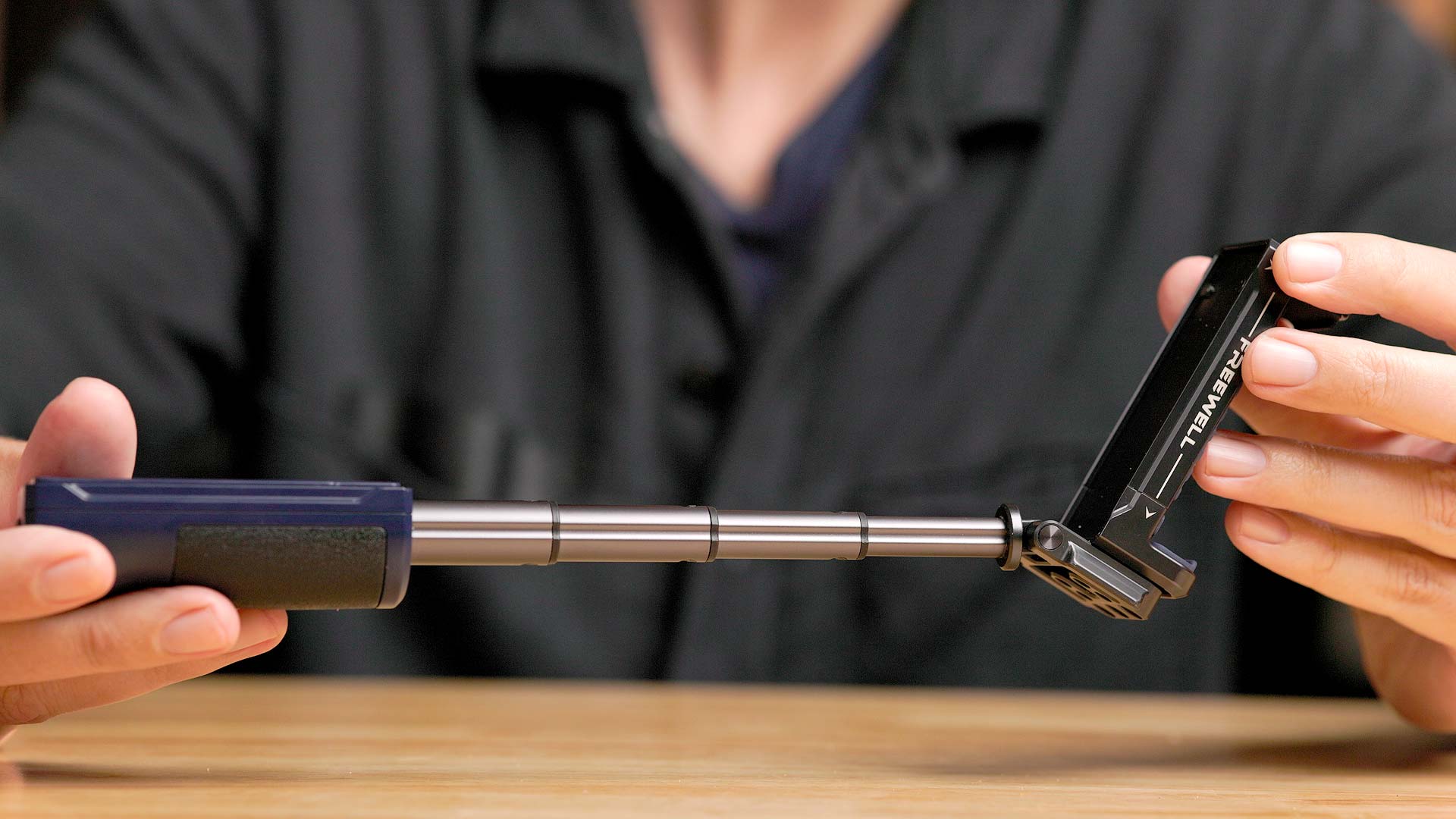
On top of the grip is a cold shoe mount for microphones, lights, or other accessories, plus a button that triggers the iPhone's shutter via Bluetooth (with the phone connected to SHERPA). This works with the native iOS Camera app and third party apps supporting this functionality (which should be all of them).
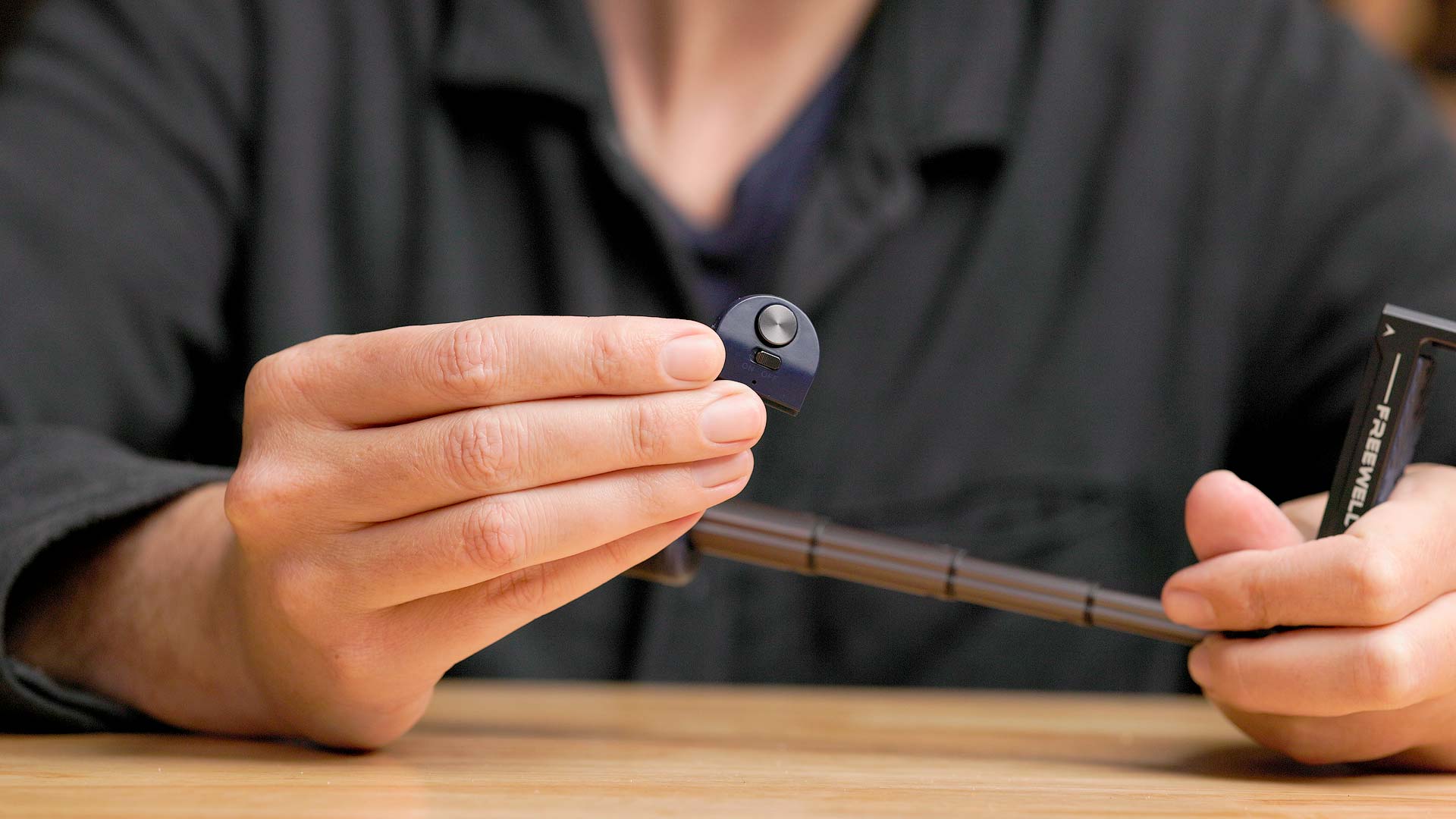
The shutter button design is clever, for the button may be removed from the handle and used as a wireless remote trigger. The button also flips around and magnetically attaches to the back of the handle when used as a selfie-stick. The latter, unfortunately, doesn't magnetically grip the button that well, and I could see the button easily popping off and getting lost. Personally, I'd keep the button in the normal slot where the grip is notably stronger.
Material wise, most of the grip is made of hard plastics, so thankfully it's not heavy to hold or carry.
When used as a selfie stick, the phone extends about a foot away. This is shorter than other selfie sticks you may buy, but the ultra-wide camera on the iPhone can easily create the appearance of more distance.
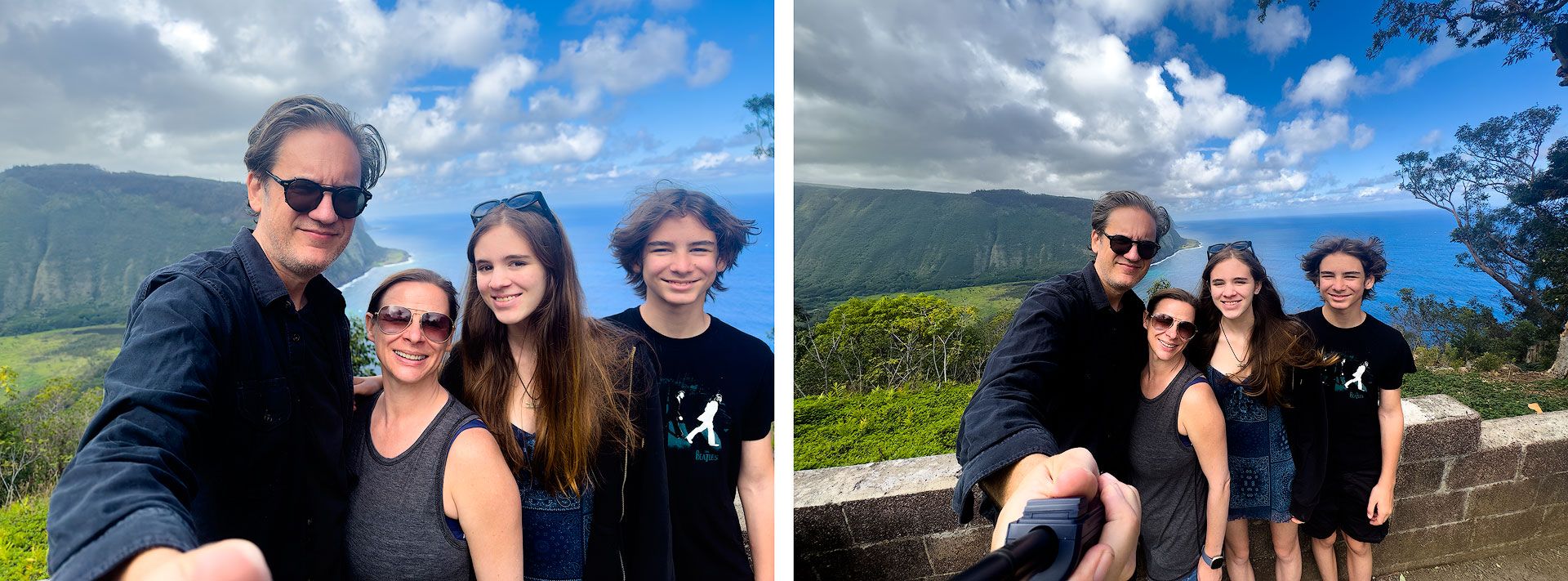
As for the Arca tripod mount, it mounts fine and does a good job of securing and stabilizing the phone, but I found its spring-loaded jaws to be tight and cumbersome to use. The jaws also easily trigger the buttons on both sides of the phone, so it takes time to get the phone in just the right spot. Definitely more cumbersome than using a simpler, magnetized, MagSafe compatible case and mount.
Overall, I'm not sure the Sherpa grip is worth spending $80 on when there are simpler, less fussy mounting options available (unless the versatility of the Sherpa grip appeals to you).
Positives and negatives
Overall, the Freewell Sherpa system is a good collection of mobile products that help expand the range of creative possibilities when shooting photos and videos using an iPhone 13 or 14.
The variable NDs do a good job of slowing the camera's shutter to help make video appear more natural and professional. The standalone diffusion mist filters are also great for softening highlights and adding a slight blur to compensate for the iPhone's overly aggressive sharpening and clarity. The 1.55x anamorphic lens is also a lot of fun to use and experiment with.
I'm also a big fan of the interchangeable plates on the back of the magnetized filters. It's good to know I'll only need to swap the plates if Apple makes minimal changes to the iPhone's camera dimensions instead of buying an entirely new set of filters.
My main criticisms of the Sherpa system are the separate filters for the anamorphic lens, the look and feel of the Sherpa phone case, the user experience of the grip, and the lack of solid magnetized NDs. I also wish the magnetized filters were easier to find (perhaps colors would help?) and sold as a set with a single, dedicated case instead of the plastic cases they ship with.
Price wise, the Sherpa system is comparable to mobile filters sold by other companies. The magnetic VNDs cost $80, while the two mist and CPL filters cost $50 each. Freewell is also offering a Basic Sherpa combo with a case and VND filter at a reduced price, which is a pretty good deal if all you need is the VND. But be prepared to spend a bit more for additional filters.
Video
Below is the video review of the Freewell Sherpa system.
